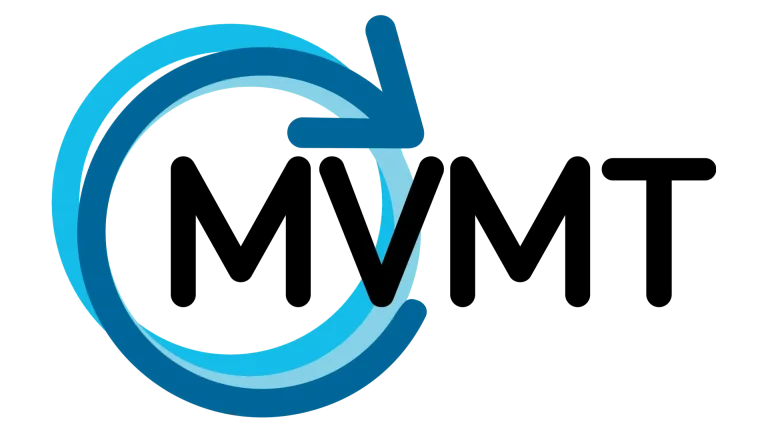Four Questions – Part 2

It’s nice to know that your fitness and healthcare professionals actually talk with each other, right? Antonio Sini and James Camastra from Progressive Personal Training and Mark Lusk from MVMT Physical Therapy each asked the other four questions. In Part 1 of our Four Questions series, we let you in on that conversation. In Part 2, we continue the dialogue. The following is the remainder of our conversation. Enjoy!
Question 1 – Influences
Mark (ML), from MVMT: What/who are your primary influences in fitness and training?
James (JC), from PPT: Who inspired me? I was certainly into the bodybuilder thing when I was a teenager and Arnold was a god. My Dad was a weightlifter when he was young… I have some cool old pics of him at the Madison Square Boys Club doing some powerlifting. I got into weight training after an ACL injury playing soccer when I was 16. I hit the gym because I needed something to do and saw good gains quickly. That was it – I was hooked. I went to school to become a physical education teacher, but the job market was saturated at the time. So, I picked up an adult fitness concentration. Personal training was really getting going at the time and opportunities for someone with a BS degree in exercise science were good. In general, I love to exercise and play sports. So, it was a very natural career path for me.
Antonio Sini (AS), from PPT: I find inspiration from the world’s top athletes, not from one sport in particular but any athlete who is at the top of their game. Human movement and sports performance has always fascinated me. I’m competitive by nature so when I attempt anything, whether it’s an endurance mountain bike race or climbing up a 40’ rope ladder, I want to do well. I study what other athletes do. I learn how to use different exercise tools, like sandbags and kettlebells, what I should be eating, etc. This not only influences my workouts but how I train clients.
Question 2 – Shoulder Pain
JC: Lateral shoulder pain: what is it and what causes it?
ML: Lateral shoulder pain can be caused by a number of things. The two most common causes are bursitis and rotator cuff impingement. Other things to consider are osteoarthritis, frozen shoulder, labral involvement or instability – but this is by no means a complete list. In the gym, shoulder pain often comes with placing load and repetition on top of dysfunctional mechanics and movement patterns. Sometimes, modifying the movement and scaling back can help to alleviate pain. When in doubt, it’s best to seek the help of a medical professional. Sidebar – ask your client if they’ve just received a shot in their shoulder. I’m always sore after my flu shot!
Question 3 – Personal Care
ML: What do you each do for yourselves to stay in shape?
AS: When James and I met 20 years ago we instantly connected through our passion for mountain biking. To this day it’s my prefered form of exercise. Obstacle races like Spartan and Tough Mudder are also things I enjoy training and competing for. Playing sports with my kids and taking the family on hikes is a big part of my life too. I guess you can say I stay in shape by playing outdoors.
JC: Mountain bike, weight train, cardio. Other seasonal activities I like to do: swimming, kayaking, snowboarding. I’m very functional in my approach. What I mean by that is that I like to make exercises more difficult with instability and changes in base of support. My many orthopedic issues keep me from participating in sports that I love.
Question 4 – Leg Dysfunction
AS: Lower extremity pronation: what do you recommend can be done at the gym to retard its progress?
ML: Much of what happens at the foot, ankle and knee is controlled by the hip. Weak hip external rotators (deep under the glutes) fail to maintain lower extremity neutral. Conversely, foot overpronation may cause lateral ankle pain, knee pain, hip dysfunction, even low back pain. Manual therapy can help to improve foot/ankle mobility and motor control. In the gym, we should focus on intrinsic foot strengthening, as well as hip abduction, external rotation and glutes to help support the leg. And balance! In certain cases, a custom orthotic may be appropriate to support the arch.
That’s it! Now, get out there and get moving…
